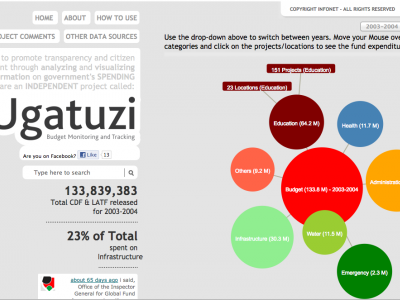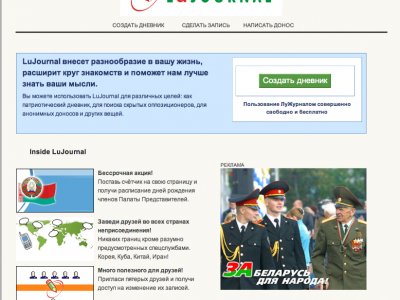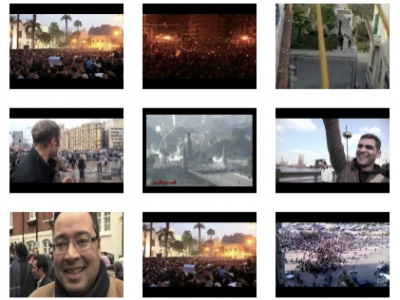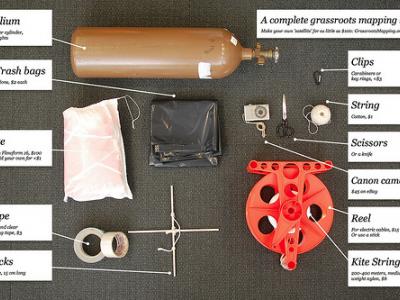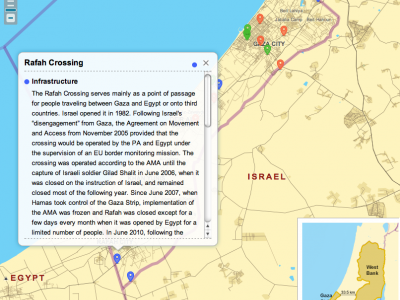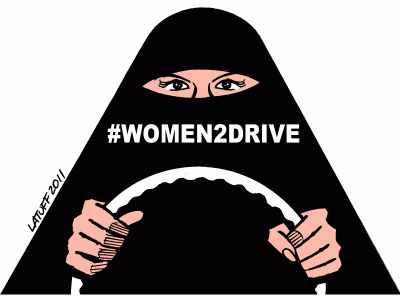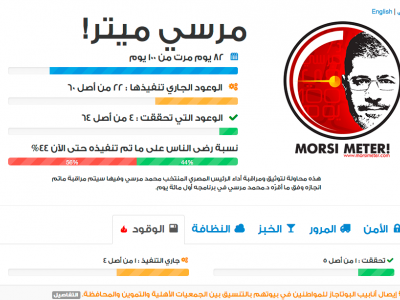
Framing your message is a critical step in creating your strategy for producing media.
Your message is what will pull people toward your campaign. Through your research, find out what needs to be communicated and how. There can be several messages that you send to different stakeholders, but they should all lead to the same goal.
An effective message should:
- Be simple and explain the cause clearly, without ambiguities.
- Emphasise the critical importance of the cause.
- Tell people something new, something they have not yet thought about.
- Be engaging, interesting, perhaps even shocking.
- Articulate the need to take action, and provide a solution.
When Oxfam International wanted to create a message that would encourage people to pressure their governments to invest in education in developing countries, they took evidence that showed that education reduces poverty levels, and developed this message: "Basic eduction helps break the cycle of poverty". However, when they tested this message on focus group audiences they found it did not motivate them to act. This simpler message received a much stronger response: "Education is every child's right".
Elements of an effective message
When crafting your message, it is important to remember that accuracy and honesty are vital. If your audience feel you have misled them, you open yourself up to criticism and the validity of your entire campaign may be questioned.
For example, if you are addressing climate change and you access a government report which states that some large companies could profit from selling their 'carbon permits' without reducing their carbon emissions, it would be inappropriate to tell people: “The biggest corporate polluters will profit from carbon trading”. This would be misleading without other concrete evidence. You should find multiple sources and seek out experts, if required, to ensure that your message is clear, truthful and can stand up to criticism.
You also need to make sure that your message is easy for your audience to understand. Your message should be as concise as possible, with only the most relevant points retained for clarity. This will also help the message 'stick'.
A good message is also emotionally compelling. By connecting with the core values of your audience in a way that triggers a strong emotional response, you will be able to inspire new actions and behaviours.
Make sure you are clear on the difference between a slogan and a message!
Your message is the key piece of information you want to transmit to your audience. Your slogan is a little bit like the package that you dress it up in. A message can have several slogans, while a slogan is generally associated with just one particular campaign. Slogans should be especially concise, and no more than one line. This is critical to the 'viral' aspect of the message, which will make people want to talk about it, pass it on or post it on Facebook. Slogans that are humourous, innovative, daring or memorable are more likely to 'catch on' and thus lead to a greater possibility of action.
The message of this video from the environmental advocacy group Rainforest Alliance, for example, is to raise awareness around rainforest protection issues, and urge people to take action by buying only certified products. The slogan of this video is “Follow the Frog”.
Once you have created a message for your media, you should test it out on audiences who represent your target and/or participant communities, to see how they respond.
Make a call to action
All of the media you make to support your advocacy campaign or project should state clearly what action you want people to take.
Although your media can generate awareness about your campaign or project, it is not this awareness in itself that will create change. You have to be very strategic about your ‘call to action’, because it is this action that will bring about the change you desire.
Take a look at Respect My Rights, a website created by Amnesty International campaigning against poverty: the action (adding your voice to an anti-poverty movement through a multimedia scrapbook) fits in with the message (raise awareness about the fact that poverty is a principal factor in issues around human rights worldwide).
A 'call to action' should:
- Be actionable! It should not be something people find extremely difficult to do.
- Suggest immediate and specific ways in which your audience can get involved.
- Provide options for different levels of engagement.
Further Resources
New Tactics in Human Rights provides good resources around strategy-building for human rights advocates as well as a workbook explaining different types of tactics that can be used.

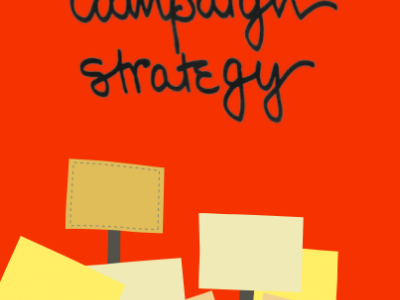




















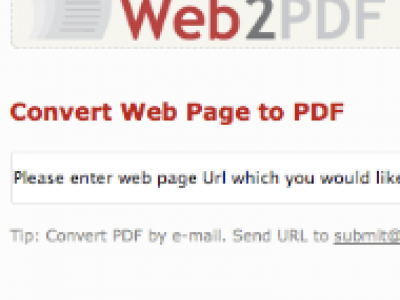


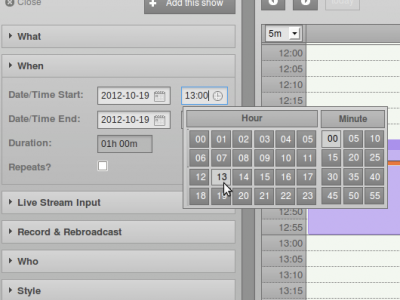



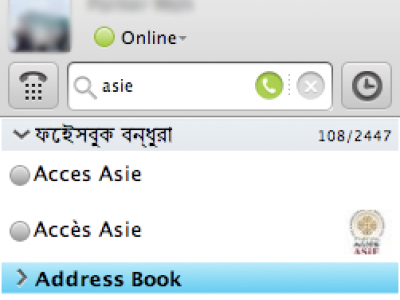
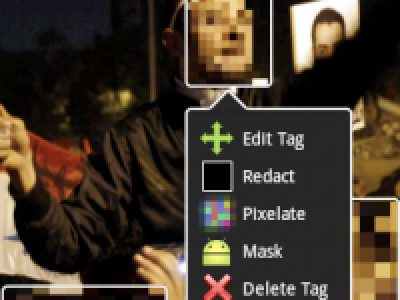

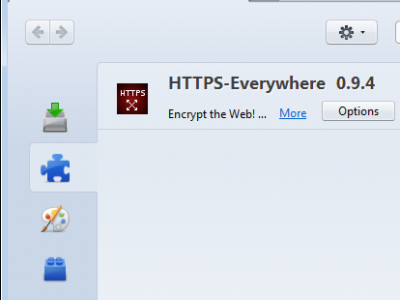

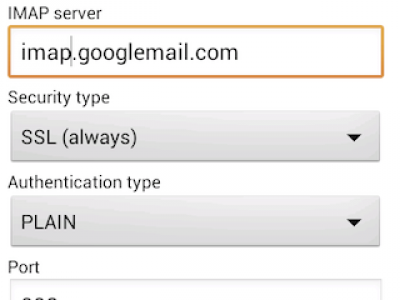
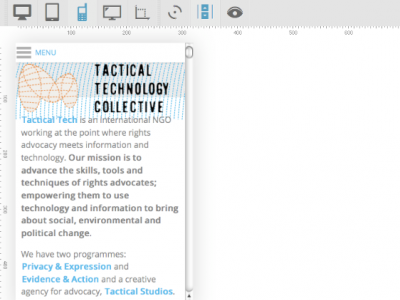


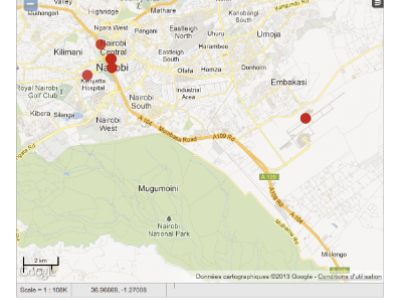
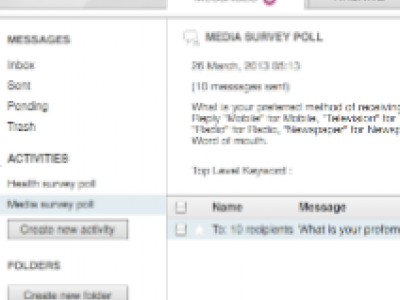
.png%3Fitok=rF0KWQB6)

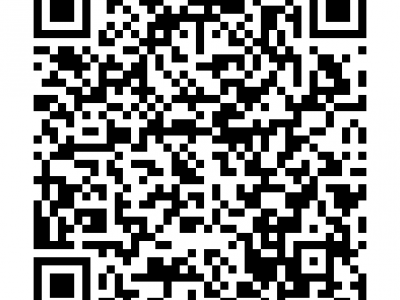
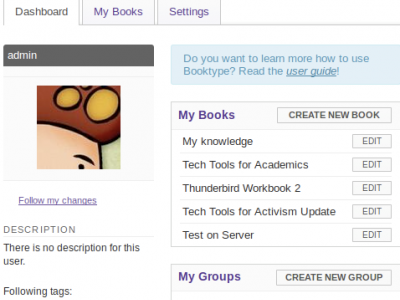



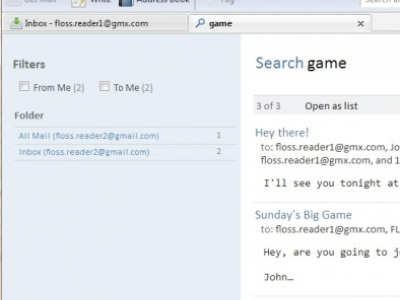
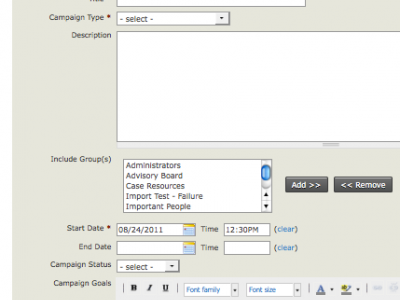
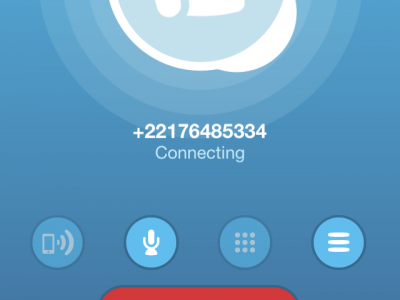
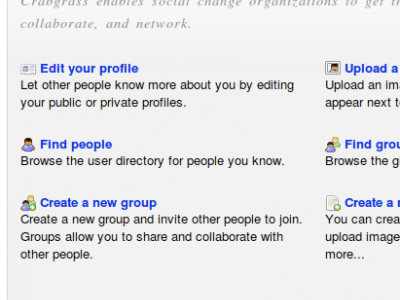

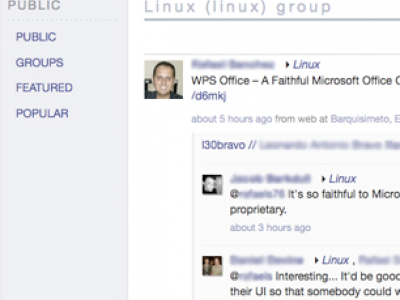
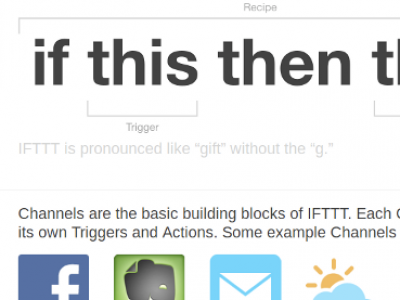

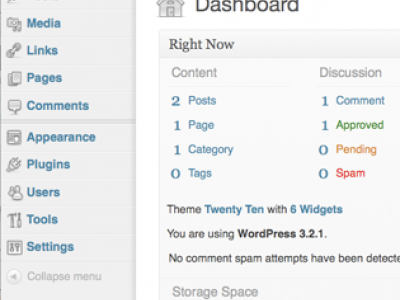
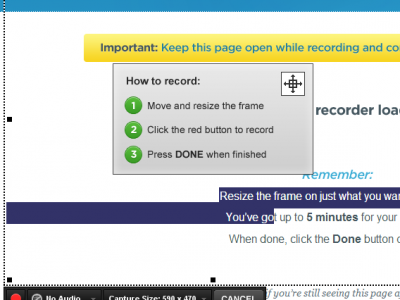
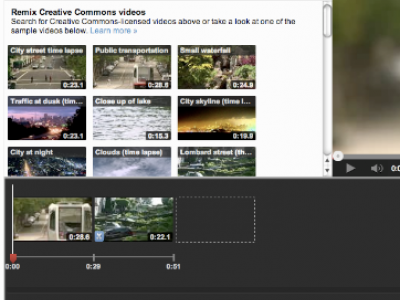

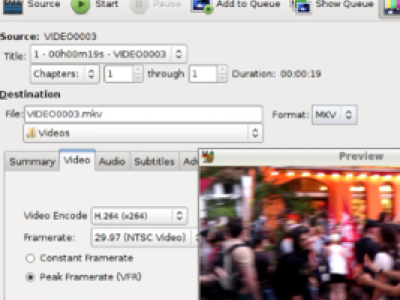

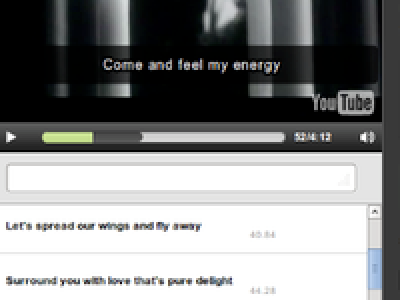


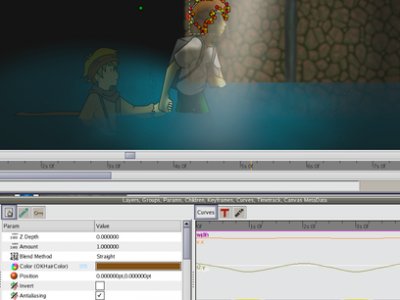

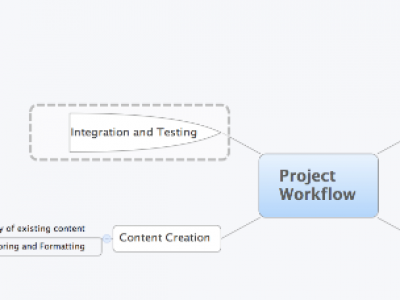


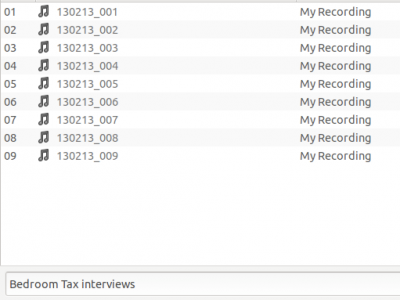
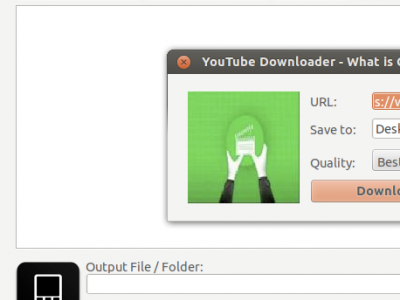



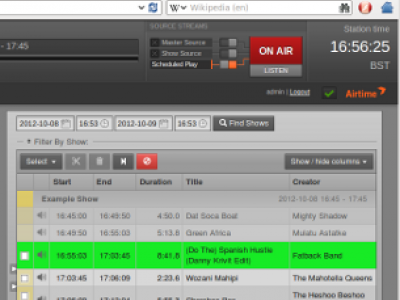
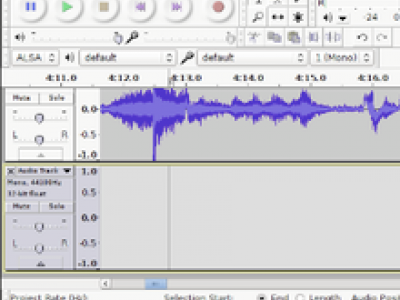
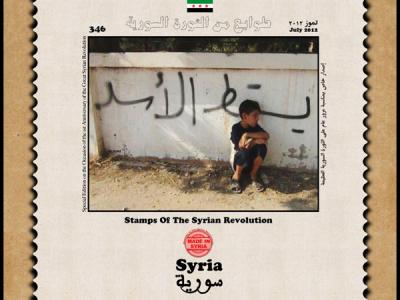


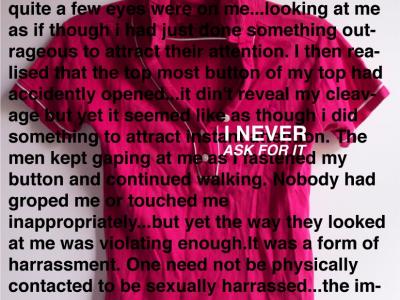


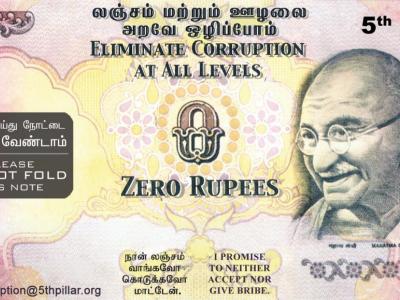
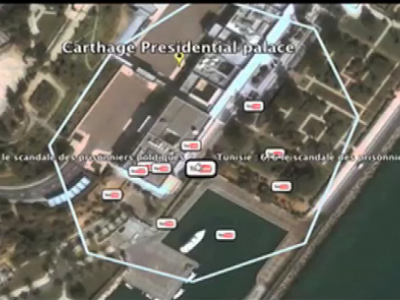





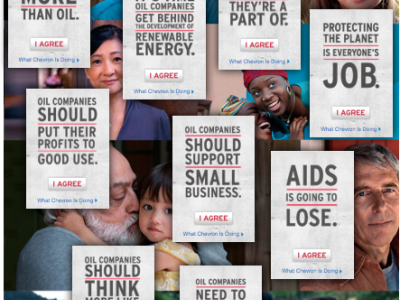
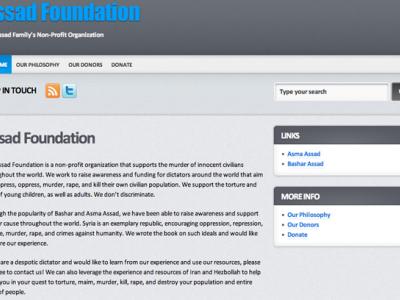

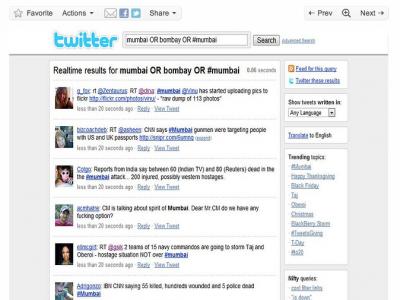


.jpg%3Fitok=pXDTLHzY)
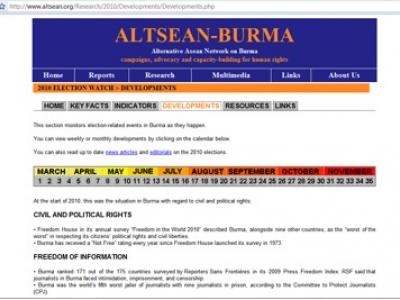


.jpg%3Fitok=3tJxk_zi)
.jpg%3Fitok=AIh9YY_n)




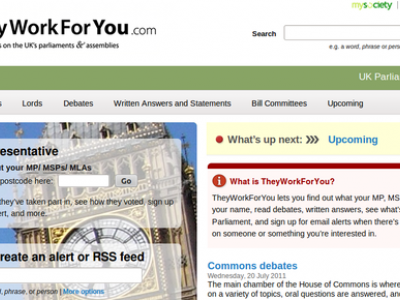

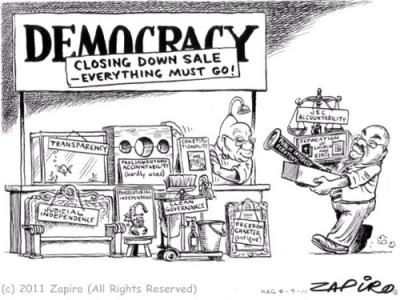
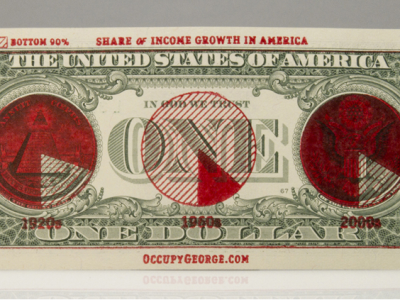
.jpg%3Fitok=1X702tBf)
